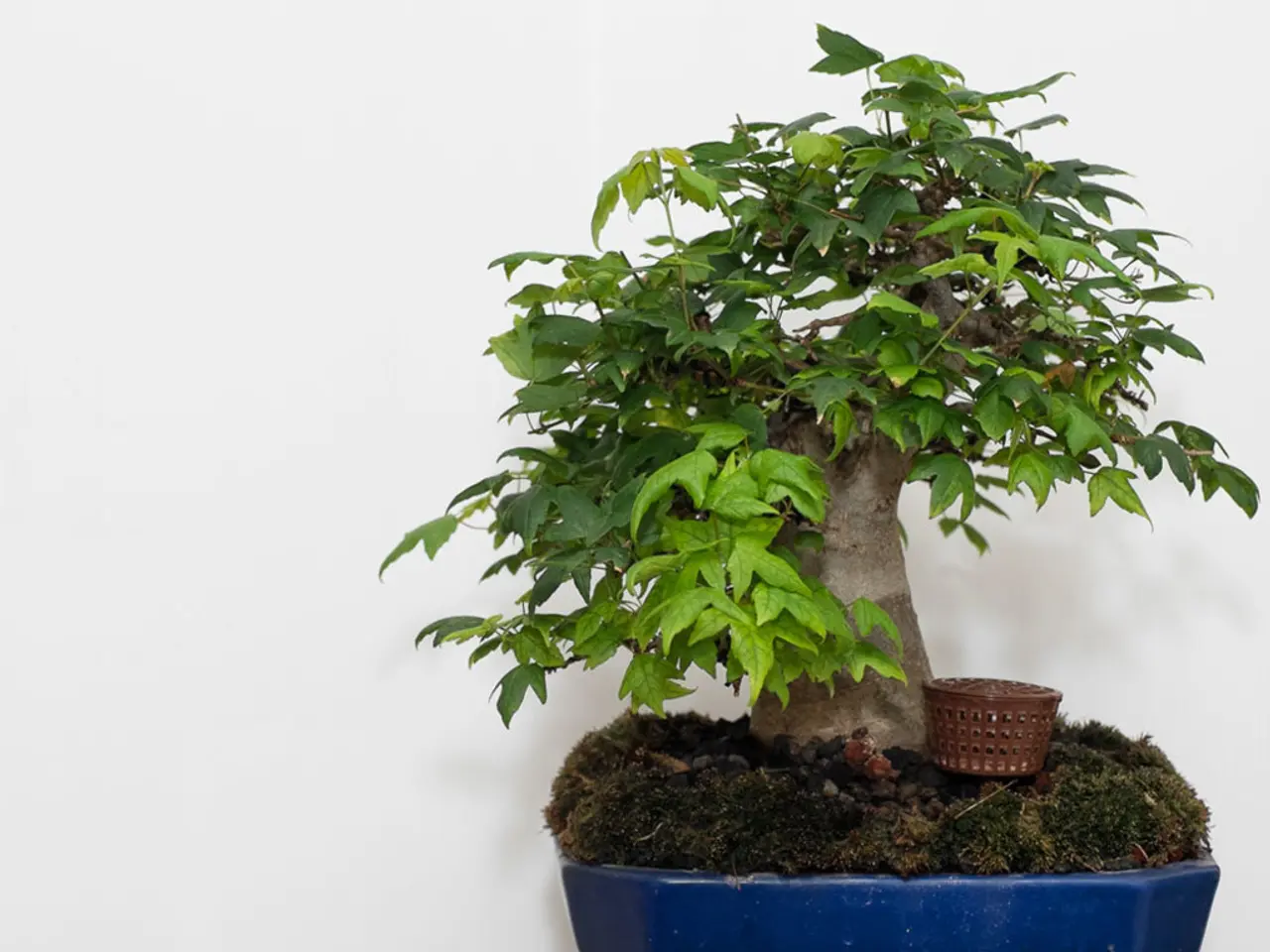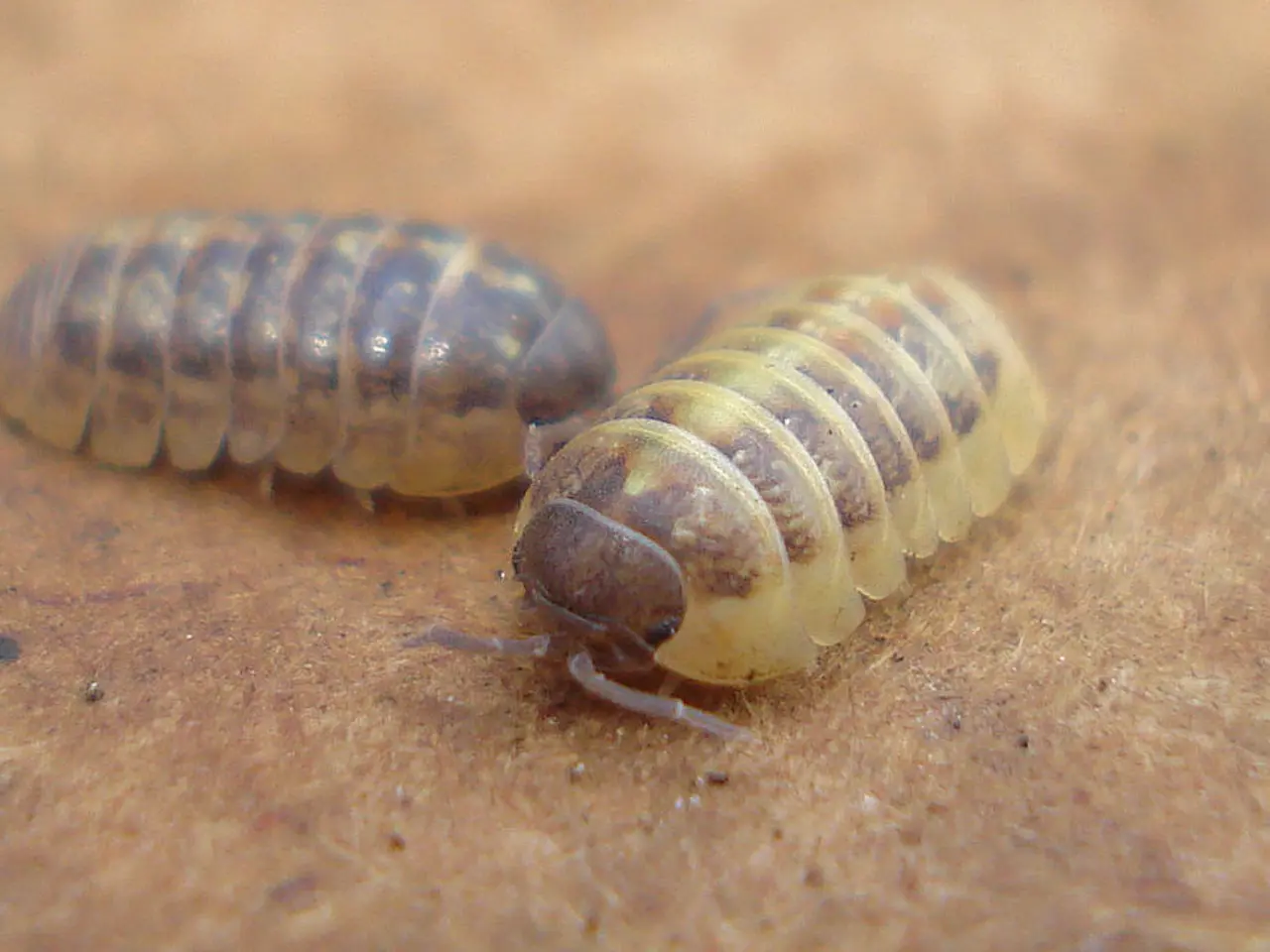Solve House's Reduced Water Pressure Problem
Low water pressure in your home can be a real pain, whether it's affecting your shower, sinks, or washing machine. No worries, though! We've got you covered with this straightforward guide on diagnosing and fixing the issue.
breaking down water pressure
Water pressure refers to the force that pushes water through your pipes, measured in pounds per square inch (psi). The standard range for household water pressure is 40-60 psi. Anything below 40 psi could indicate a problem with your plumbing.
common culprits of low water pressure
Before jumping into solutions, it's essential to figure out the root cause. Here are some common issues:
- Clogged pipes: Mineral deposits, rust, or debris can build up inside pipes, restricting water flow.
- Worn-out fixtures: Old or clogged faucets and showerheads can hinder water pressure.
- Pressure regulator problems: A malfunctioning or improperly adjusted pressure regulator can decrease pressure.
- Leaks: Even a small leak in your pipes can decrease overall water pressure.
- Municipal water supply issues: Sometimes problems originate from the city's water supply system.
- Corroded pipes: Homes with older galvanized steel pipes may encounter corrosion.
- Water valve issues: Partially closed valves can limit water flow.
- High household demand: Using multiple water-consuming appliances simultaneously can lead to low pressure.
- Air trapped in pipes: Air bubbles can interfere with water flow, causing sputtering and low pressure.
- Water heater problems: If hot water pressure is significantly lower than cold, sediment buildup in the water heater may be the issue.
let's get fixing
step 1: check your water pressure
First things first: test your home's water pressure using a water pressure gauge:
- Attach the gauge to an outdoor faucet.
- Turn the faucet on fully.
- The pressure should read between 40-60 psi (pounds per square inch).
- If it's under 40 psi, it's time to troubleshoot!
step 2: inspect and clean fixtures
If you're only experiencing low pressure at a single fixture, like a faucet or showerhead, it might be time to give it a good cleaning:
- Remove the aerator or showerhead.
- Soak it in vinegar overnight to dissolve mineral deposits.
- Rinse and reinstall to see if water pressure improves.
step 3: check for leaks
Leaks can significantly decrease water pressure. Here's how to detect them:
- Turn off all water fixtures in the house.
- Check the water meter and note the reading.
- Wait for an hour without using water.
- If the meter reading has changed, you have a leak that needs attention.
step 4: adjust the pressure regulator
If your home has a pressure regulator, it might be set too low. Here's how to adjust it:
- Locate the regulator, usually near the main water line.
- Use a wrench to adjust the screw clockwise to increase pressure.
- Monitor changes and adjust accordingly.
step 5: ensure valves are fully open
Partially closed water valves can limit water flow. Find and open them:
- Locate the main shutoff valve and the water meter valve.
- Turn them fully counterclockwise to open them.
step 6: flush out sediment from pipes
Sludge buildup in your pipes can lower water pressure. Here's how to clean:
- Turn off the main water supply.
- Open all faucets and let them drain completely.
- Turn the water back on and check for improvements.
step 7: replace old pipes
If your home has galvanized steel pipes and corrosion is the culprit, it may be time to replace them:
- Consider switching to copper, PEX, or PVC pipes for better flow.
- A pro can help with the replacement if needed.
step 8: install a water pressure booster
If your home regularly suffers from low water pressure, a pressure booster pump can help:
- These pumps increase the incoming pressure and distribute water efficiently.
- Consult a pro for proper installation.
step 9: contact your water supplier
If you've tried everything and still have low water pressure, it's worth reaching out to your municipal water provider:
- Ask for updates on any maintenance or known issues in your area.
step 10: consider a water softener
If hard water is causing buildup in pipes and fixtures, a water softener can help:
- Softeners reduce mineral deposits, making it easier to maintain consistent water pressure.
ongoing maintenance
Once you've addressed your low water pressure woes, continue these best practices to prevent future issues:
- Regularly clean fixtures: Keep faucets and showerheads clean to minimize mineral buildup.
- Check for leaks: Regularly inspect your plumbing system for leaks.
- Monitor pressure regulator settings: Ensure the pressure regulator remains optimal.
- Replace old pipes: Replace galvanized steel pipes before they corrode significantly.
- Use a whole-house filter: Consider installing a filtration system to prevent sediment buildup.
- Service your water heater annually: Drain and flush the heater annually to prevent sediment buildup.
- Inspect water valves: Regularly check water valves to ensure they are fully open.
- Avoid using multiple appliances at once: Stagger water consumption to maintain steady pressure.
when to call a pro
While many low water pressure problems can be fixed with DIY solutions, some issues require professional assistance:
- Sudden drops in water pressure
- Extensive pipe corrosion or leaks
- Problems with the municipal water supply
- Malfunctioning or need to replace pressure regulators
- Outdated plumbing systems
wrapping it up
Low water pressure can be an annoyance, but with a bit of investigation and elbow grease, you'll have that normal water flow restored in no time. Whether it's a small issue like a clogged aerator or a larger problem like corroded pipes, tackling it promptly ensures consistent water pressure throughout your home. If you're unsure or the issue persists, consult a pro for the best solutions!
Enrichment Data:
Low water pressure can affect multiple fixtures in a home, causing frustration when it comes to showering, washing dishes, or even running the washing machine. To restore normal water flow, it's essential to first identify the cause of the issue. Common reasons for low water pressure include:
- Clogged pipes: Mineral buildup, rust, and debris obstruct water flow through pipes.
- Faulty fixtures: Old or dusty faucets or showerheads may limit water pressure.
- Pressure regulator problems: A malfunctioning or improperly adjusted pressure regulator can lead to low water pressure.
- Leaks in plumbing: Even small leaks can have a considerable impact on water pressure.
- Municipal water supply issues: Problems at the city's water supply system can cause low pressure.
- Corroded pipes: Older homes with galvanized steel pipes may have corrosion, restricting water flow.
- Water valve problems: Partially closed main shutoff valves or water meter valves may limit water pressure.
- High demand: Running multiple water-consuming appliances simultaneously can lead to reduced pressure.
- Air trapped in pipes: Air bubbles interfere with water flow, causing sputtering and low pressure.
- Water heater issues: Sediment buildup in the water heater may cause lower hot water pressure compared to cold water.
To fix low water pressure, follow these step-by-step solutions:
- Test your home's water pressure.
- Inspect and clean fixtures.
- Check for leaks.
- Adjust the pressure regulator.
- Ensure valves are fully open.
- Flush out sediment from pipes.
- Replace old pipes if necessary.
- Install a water pressure booster pump if your home consistently has low water pressure from the municipal supply.
- Contact your water supplier for help if you can't find the cause or if the issue persists.
Preventive measures can also help maintain water pressure, such as cleaning fixtures, checking for leaks, and regular maintenance. If you're unsure about the issue or if it persists, it's always best to consult with a professional plumber.
Here are the two sentences in English language that contain the words 'lifestyle' and 'home-and-garden':
- A clogged pipe issue might not just affect your home's plumbing, but also your lifestyle and home-and-garden activities that require consistent water flow.
- Proper maintenance of your home's plumbing system, such as regularly cleaning fixtures and checking for leaks, can contribute to a comfortable lifestyle and efficient home-and-garden activities.








